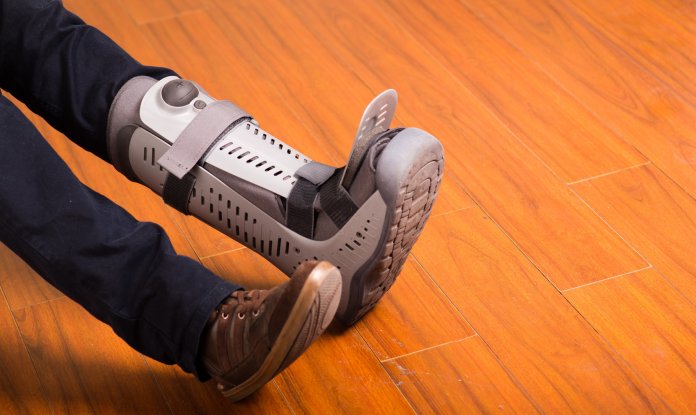If you’ve ever had a sprain or strain, you have probably been given the advice to RICE. RICE is a famous acronym in musculoskeletal medicine, and it stands for:
– R: Rest
– I: Ice
– C: Compression
– E: Elevation
RICE treatment has long been the standard for acute musculoskeletal injury care. It has become so routine that it is just taken as a matter of fact that it works. If you’re injured… RICE. It’s as simple as that… or is it?
More recently, there is considerable reason to question whether or not the old RICE acronym stands up to current science.
A 2014 article published on Medscape detailed some of the research on the effectiveness of RICE. One example is a six-year analysis by the National Athletic Trainers Association (NATA), which ultimately assigned RICE with a grade of “C,” as far as the quality of evidence backing its use. Not a great grade.
Many practitioners (myself included) are now recommending a better way to manage musculoskeletal injuries… and it involves calling the POLICE.
This new guideline was first discussed in an article published in the British Journal of Sports Medicine in 2012. The fundamental difference in the new and improved guidelines are centered on improvements to the definition of “rest.”
The researchers wrote: “Rest should be of limited duration and restricted to immediately after trauma. Longer periods of unloading are harmful and produce adverse changes to tissue biomechanics and morphology.”
So, what exactly is this POLICE, coming to save the day in the form of healing musculoskeletal injury? I’m glad you asked:
– P: Protect the area immediately after the injury (the first 48 to 72 hours), to keep it safe from further damage. This might involve the use of a crutch or brace, depending on the type of injury.
– O and L: Optimal Loading. This is where we see a stark contrast to the “Rest” part of RICE, and the fundamental difference between RICE and POLICE. While “Rest” suggests that you don’t use the area while it is healing, “Optimal Loading” suggests that you use the area to the extent that you are able. It is important to move the body part in a comfortable range of motion, even if that range of motion is only a few degrees. Modern science is very clear that optimal loading is important for effective recovery; much better than outright rest.
– I: Ice. Ice the area to manage swelling and pain. Contrast hydrotherapy (alternating between hot and cold, and ending on cold) can also be useful.
– C: Compression. Compress the area to decrease swelling and improve stability.
– E. Elevation. Take the injured body part and lift it above the level of your heart. This is an important part of recovery, especially during the acute phase.
That’s it! When musculoskeletal injury strikes, call the POLICE to protect and serve!
– Dr. Joshua Levitt


